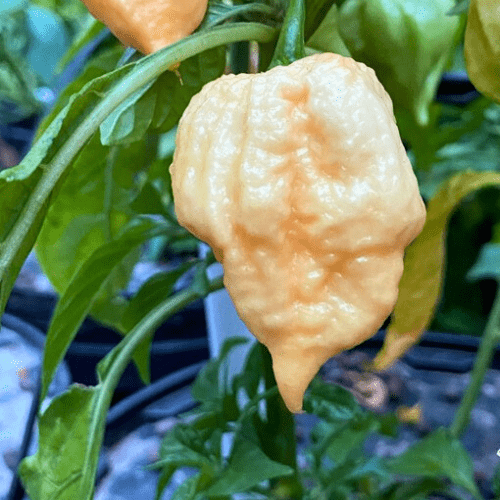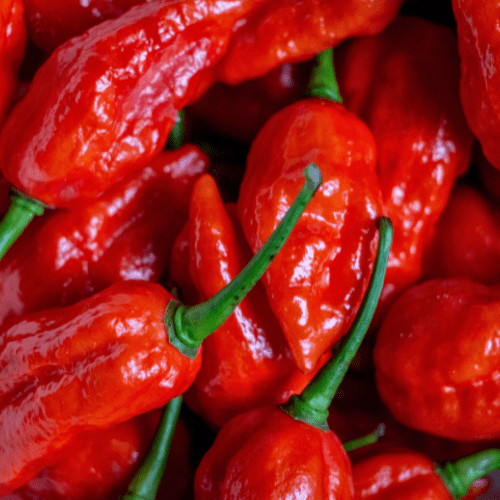Position
Kambuzi chilli peppers grow best in warm climates with temperatures ranging from 20°C to 30°C. They cannot tolerate frost, so it’s crucial to plant them in areas with a long warm growing season.
They prefer moderate to high humidity, typical of tropical and subtropical climates.
Kambuzi chillies need around 6–8 hours of direct sunlight daily for strong growth and fruiting.
Soil
Kambuzi chillies grow best in well-draining soil with a slightly acidic to neutral pH (around 6.0 to 7.0).
Before planting, enrich the soil with compost or organic matter to improve soil structure and fertility.
Adding half a bag of our Volcanic Rock Dust (R25 per bag) and a bag of Superfrass (R25 per bag) will assist in rapid growth.
Watering
Chillies need consistent moisture to thrive, especially during flowering and fruiting. However, avoid overwatering, as this can lead to root rot. The soil should be kept moist but not waterlogged.
Drip irrigation or watering at the base of the plant is ideal to avoid wetting the foliage and reduce the risk of fungal diseases.
Extreme heat can cause the plants to wilt or drop flowers. Ensure adequate watering during hot spells to prevent stress.
Fertilising
Chillies are heavy feeders, so it’s important to fertilize them regularly. Use a balanced fertilizer rich in nitrogen, phosphorus, and potassium, especially during the early stages of growth.
Apply 1 teaspoon of our slow-release high nitrogen all-plant fertiliser, every 4-5 months. The roots will absorb what they need.
Mulch
Use from 2 to 5 centimetres of pine bark mulch to protect the roots from UV damage and drying out. It retains moisture and maintains an optimal pH. Do not let the mulch touch the plant stem, as it may cause infection or rot.
Re-apply every 3-4 months.
Pruning
Prune the plants by removing any dead or damaged leaves. You can also pinch back the growing tips to encourage branching and more fruit production.
Pests & Diseases
Watch for pests like aphids, spider mites, and whiteflies.
Super-hot peppers can be susceptible to fungal infections, especially in overly moist conditions. Ensure the plants have adequate air circulation, and avoid overhead watering.
Treat promptly or preferably use preventative measures by spraying with agricultural Neem Oil or Effective Microorganisms (EM Control)
Harvesting
Kambuzi chillies will ripen from green to bright red or orange, indicating they are ready to be picked.
Use pruning shears or scissors to cut the chilies from the plant to avoid damaging the stem. Wear gloves to protect your hands from the heat of the peppers.
Hang the peppers in a well-ventilated area to air-dry or use a food dehydrator. Once dried, store them in airtight containers to retain their flavor and heat.






